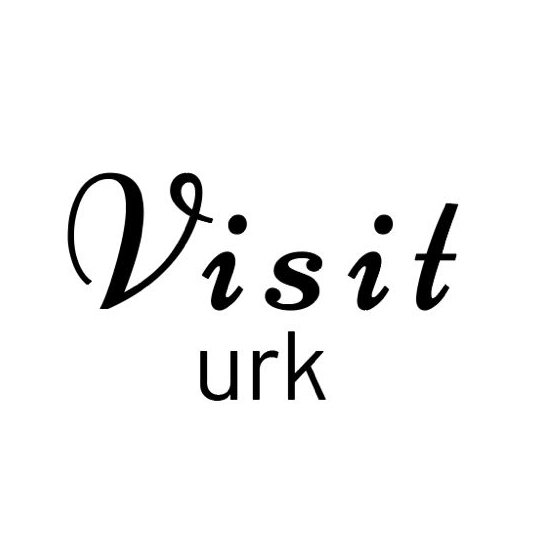History of Urk
The history of Urk dates back to prehistoric times, and traces of human settlement date back to the early Middle Ages. Originally an island in the Zuiderzee, Urk became part of the mainland after the formation of the Noordoost polder in the 20th century. Its isolation over the centuries fostered a distinct culture and dialect that are still evident today. The transition from island to mainland has significantly transformed Urk, retaining its unique identity while integrating it into the wider Dutch landscape.
Urk, a beautiful fishing village in the Netherlands, has a rich history and is more than a thousand years old. This unique village is located in the province of Flevoland, although it was originally an island in the Zuiderzee. Urk’s transformation from remote island to mainland village is a compelling story of human ingenuity and resilience.
History and early development
The history of Urk dates back to at least the 10th century. It was mentioned as early as 966, when it was called “Urch” in the statutes of Emperor Otto I. For centuries Urk remained a small, isolated and independent fishing community. The inhabitants live mainly from the sea, being skilled fishermen known throughout the region.
Life on the island
Life on the island of Urk is full of challenges but also rewarding. The community is very close-knit and traditions and customs are passed down from generation to generation. Isolation fosters a strong sense of identity and independence among Urkers. The dialect spoken in Urk, different from other Dutch dialects, testifies to the village’s unique cultural heritage.
Transformation: from island to continent
The most significant change in Urk’s history occurred with the construction of the Afsluitdijk in 1932, which transformed the Zuiderzee into the IJsselmeer. This monumental engineering project is part of the Zuiderzee Works, which aims to protect the Dutch coast and reclaim land for agriculture and development. As a result, Urk is no longer an island, but is connected to the mainland.
Further changes occurred with the creation of the Noordoostpolder, a large polder reclaimed from the IJsselmeer in the 1940s. Urk was incorporated into these new lands, marking a significant change in geography and way of life. The village grew and its economy diversified, although fishing remained an important part of life.
Modern Urk
Today, Urk is a charming mix of historic charm and modern conveniences. The picturesque harbour, traditional houses and panoramic views attract visitors from all over the world. Tourism has become an important part of the local economy and people are eager to experience Urk’s unique culture and history.
Despite modernization, Urk has managed to retain its distinctive character. The fishing industry still plays an important role and local festivals celebrate the village’s maritime heritage. Events such as Flag Day highlight the importance of fishing and bring the community together to celebrate.
Cultural and historical significance
Urk is home to many historical monuments and museums that showcase its rich heritage. The Urk Lighthouse, built in 1844, symbolizes the village’s lasting connection with the sea. Museum Het Oude Raadhuis offers insight into the history and daily life of the Urks through the centuries.
In summary, Urk’s journey from a remote island to a bustling village on the mainland is a fascinating story of adaptation and resilience. The rich history, cultural heritage and picturesque landscapes make it a special destination in the Netherlands. By preserving its traditions and embracing modernity, Urk continues to capture the hearts of locals and visitors.
